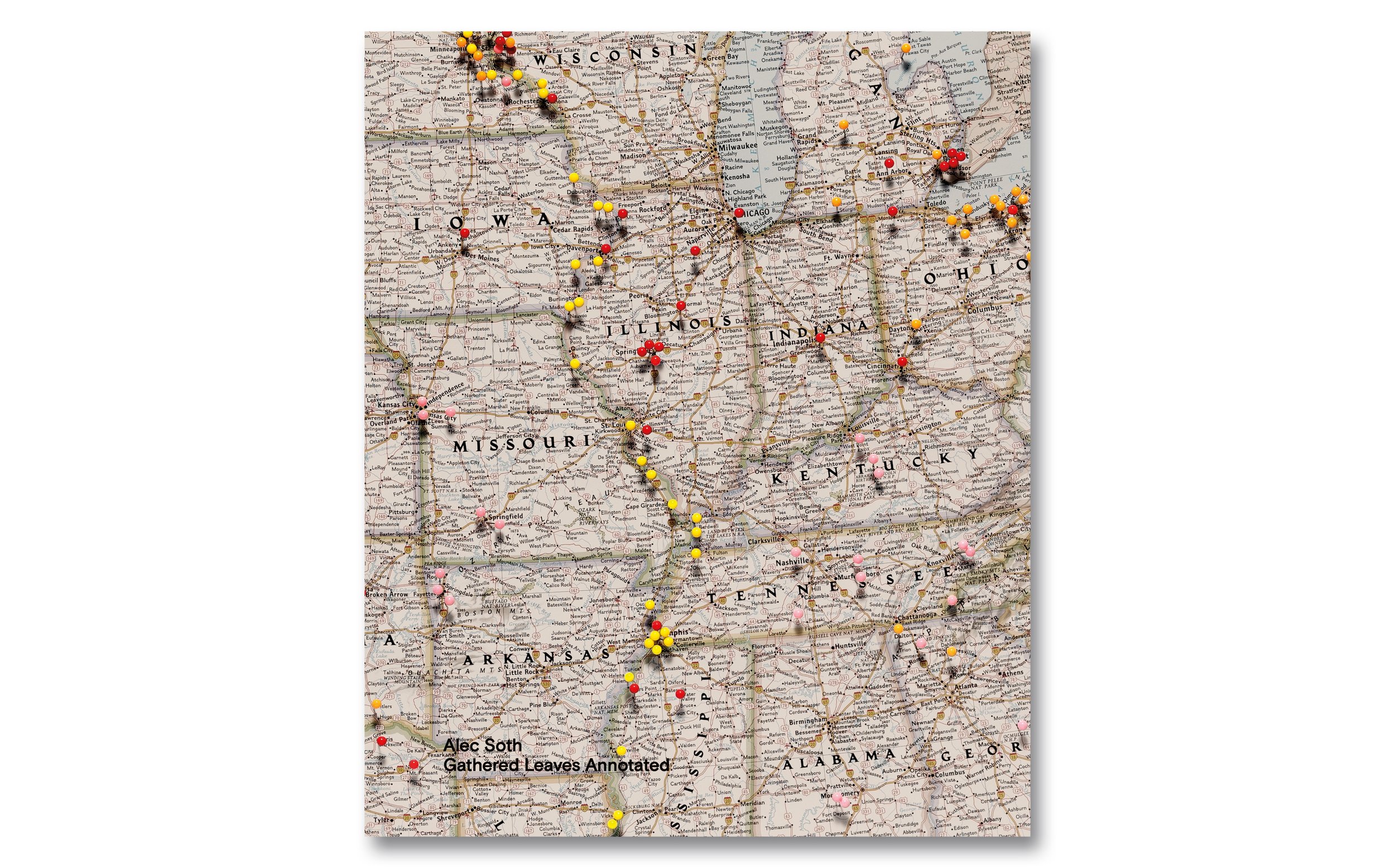Book Review: Guido Guidi | Di Sguincio, 1969-81
1. Guido Guidi, Treviso, 1980, from Di sguincio 1969–81 (MACK, 2023). Courtesy of the artist and MACK.
Written by Luxi He
Photo Edited by Haley WInchell
Guido Guidi was born in Cesana, Italy, and attended the University Institute of Architecture in Venice. Under the influence of architecture, Guidi has formed the new generation of landscape photography in Italy. He has led a heavily visual life with the special events remembered through photographs, and the monumental moments in career also symbolized by the production of photographs. But, DiSguincio, the Italian for looking askance, is not about the solid, monumental images that are full, hard, intense, as if it is a stone, a calculus in the texture of life. These are the image-cloud that surrounds the monumental photographs by a renowned photographer, the peripheral, fragmentary, and nebula-like imagery traces of life.
10. Guido Guidi, Ronta, 1977, from Di sguincio 1969–81 (MACK, 2023). Courtesy of the artist and MACK.
In DiSguincio, images are reproduced from Guidi’s own prints back decades. Frame of the films is marginally seen against the white background, and there are casual pen annotations that marked down the date, giving the photobook a historical, archival feeling. To a viewer, these photographs do not feel like memories, but the raw materials on which the forming mechanism for memory has not yet been enacted to organize, categorize and string into a narrative.
13. Guido Guidi, San Trovaso, 1979, from Di sguincio 1969–81 (MACK, 2023). Courtesy of the artist and MACK.
All the images in this collection were photographed between 1969-1981, using small-format cameras held not to the eye. The scenes were overwhelmingly casual daily scenes, and the subjects were friends, family members, colleagues and even pedestrians. At the time of shooting, Guidi avoided looking into the viewfinders. He stayed in an ambiguous identity of partial photographer and partial participator in the real-time scene. Therefore, when presented to the viewers, these images have the freshness and innate surprises of photographs shown for the first time, and they evoke in us a tender receptiveness, a peaceful caution as if we visit a personal world also for the first time.
7. Guido Guidi, Cesena-Venezia, treno (Cesare), 1979, from Di sguincio 1969–81 (MACK, 2023). Courtesy of the artist and MACK.
9. Guido Guidi, San Trovaso, 1980, from Di sguincio 1969–81 (MACK, 2023). Courtesy of the artist and MACK.
To call the visual language of Guidi the poetry of mundane life risks overstating. The overly intense and conceptual language may break the tangible, substantial and balanced beauty of a personal scene. The wooden writing desk against the dry wall, the water bottle and the blister in the glass. Should there be a theory, an aesthetic claim to explain the beauty of these two scenes? Or they are just there, and will just remain there? In the most concrete and most abstract form of poetry, as in a wooden writing desk, a water bottle, a glass?
6. Guido Guidi, San Trovaso, 1980, from Di sguincio 1969–81 (MACK, 2023). Courtesy of the artist and MACK.
3. Guido Guidi, Cesena (Anna), 1980, from Di sguincio 1969–81 (MACK, 2023). Courtesy of the artist and MACK.
Apart from mundane scenes, some photographs are close shots of fingers, of limbs, of skins. The mole, the hair, the wrinkle and the texture are visible. They are context-less localities. There is no rendering, neither a transition. They are just there, presented unhedged, as if they should just be there, and we should just be here to look at them. The itinerary of our attention is guided by a loose randomness, a fragile, cloud-like trajectory that at its thinnest we feel its similarity with memory. We too, in memory, pay untimely attention to the minor details, so that we remember the temperature of a slight raindrop on the first day to work, so that the raindrop can have an unphysical weight the same as a whole continent.
4. Guido Guidi, San Trovaso, 1980, from Di sguincio 1969–81 (MACK, 2023). Courtesy of the artist and MACK.















